
Striving for verisimilitude with a home-built 550 Spyder
As told by Edward Ericson
Photos courtesy of Edward Ericson
Details are not easy. They differentiate the very good from the exceptional. This is true in all endeavors and so it is true with tribute cars: the finer the detail, the more work and expense is required to achieve it.
Such is the first lesson of the 550 Spyder replica. It’s the simplest of cars: ladder frame, open body, air-cooled engine — nothing much to it really. Or so I thought, as I cut out my Thunder Ranch roller’s molded-in front grille four years ago.
Having previously redone a couple of cars (including what I believe to be the world’s only Subaru-powered MG TD replica), I figured it wouldn’t be a stretch to wrap up my first full Spyder build in six or eight months. And it probably would not have been, except I got carried away.
As the unbuilt kit’s third owner, with battered boxes of decade-old new parts cluttering a big garage with a lift, I decided to aim for “period correctness.” I clad the interior in sheet aluminum, cut and flanged correct looking oval holes in the inner rocker panels, extended the frame rails to make the front jack points functional, frenched in the correct horns underneath the front valance and did everything else I could to make this particular Renn Sport replica look and feel as much like the real deal as possible. I took inspiration from 550-0051, a Le Mans veteran restored to its correct French Blue, wearing a full-width plastic windscreen and upholstered in beige “barber pole” vinyl.
Slowly at first, then all at once, the project consumed me. I spent hours peering at photos of the 85 or so original 550 Spyders still extant, looking for differences from one car to the next, trying to distinguish changes made by the factory from those done by privateers at the track and later restorers. Type550.com became my online Bible, its author’s close studies of esoterica like 550-0056’s clam pin receiver mechanisms became indispensable to my work.
The more I learned, the more I had to change. The stock, nearly-correct, Chinese-made gauges were soon rejected for a set of Porsche 914 gauges, refurbished and refaced by North Hollywood Speedometer to 550 RS European spec. An easy-fit VW pedal set? Nope: I made pedals that look like what Spyders actually had. How about the Beetle fuel tank with through-hood filler screwed into the sender port as usual? Uh uh! The tank was welded and machined to correctly locate the filler, then overlaid with a custom-made cover to mimic the original Spyder tank.
I obtained a lightly-used, Jake Raby-built 120 hp 1,914cc Type 1 engine from Carey Hines at Beck/Special Edition, who pulled it from a Speedster that was undergoing a Subaru transplant. After giving serious thought to fabricating a facsimile Carrera fan shroud for it, I decided to leave the DTM it came with, since I had way too much else to contend with.
The rebuilt “freeway flyer” transaxle was pulled apart, and a new 3.44 ring gear and .93 fourth gear installed, along with all the usual hop-up parts to yield top speeds similar to the original in each gear — but at my 1,914’s 6,000 rpm redline instead of the four cam’s 7,500. Four-wheel disc brakes fit under aluminum wide-five wheels, shod with tall and skinny Vredestein Sprint Classic tires. I modified a stock Bug front sway bar with custom brackets and end links to impart the proper roll resistance, and rebuilt the front beam with Delrin bushings.
A glass bowl Malpassi fuel filter/regulator hangs from the right spot on the firewall. Dual Autopulse fuel pumps with custom-made manifolds (just for looks) sit just outboard of the driver’s left knee. Dual ignition coils were mounted on the correct bracket just behind the big homemade diagonal breather tube. A spare tire “seat” and the frame members under it were custom bent and welded, then bolted in so they can be removed to take out the drivetrain. I incorporated functional key latches at all four corners, the rears welded up from bits of an old treadmill. Additionally you’ll notice leather hold-down straps and gaskets with Chicago screws, like the originals. Smoothed inner panels and fender wells and proper aluminum wiring harness hold-down tabs are among the other subtle details, along with a fake dry-sump oil tank next to a real accumulator to pre-oil the bearings and guard against oil starvation in those long sweepers.
I built a press to make the aluminum reinforcement panel in the clam, flanged the holes with a croquet ball, then had it painted body color, which is Voodoo Blue — a Toyota color that closely resembles the French Blue of 1955.
Surely, not everyone will appreciate — or even notice — these details. It’s likely not one person out of 100 who encounters this car that will have any idea if it’s “real” or “original” or a “kit car.” So why bother? Why spend hours to move the filler cap five inches, or make sure the gas tank appears properly oversized and ball-peened? Why include a reproduction of the correct jack that hardly anyone knows existed, buckled down with leather as original? Why modify the frame and install jack points that work? The Bosch horn I.D. plates no one can see unless the car’s on a lift; the correct steel band hold-down straps? The floating floor? The barber pole vinyl? The louvered full-length belly pan; the firewall and holy reinforcements under the engine cover… all those rivets?
In the end, it was a calling. Because if the 550 Spyder is an automotive deity, then every tribute car is simultaneously a false idol and an act of evangelism.
I just tried to keep the faith.
Check out the owner's full build blog at the link below:

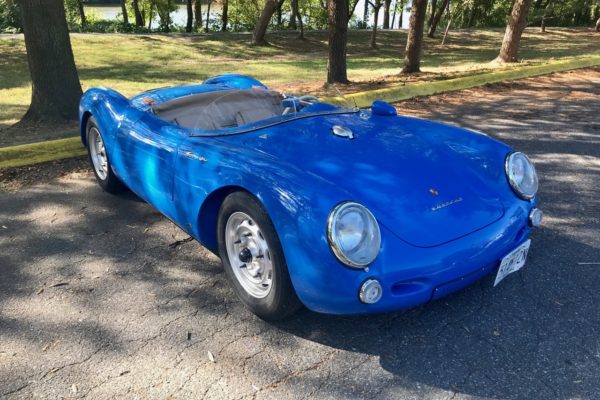
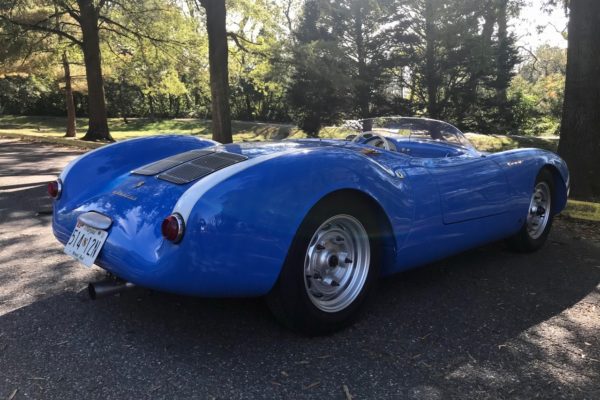
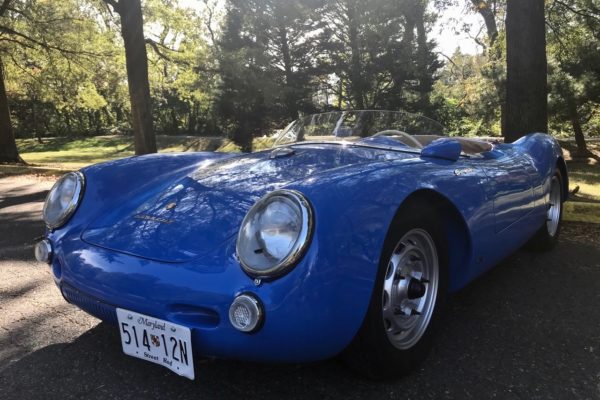
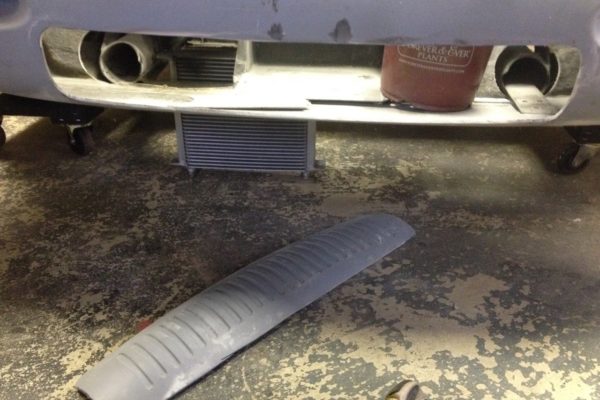
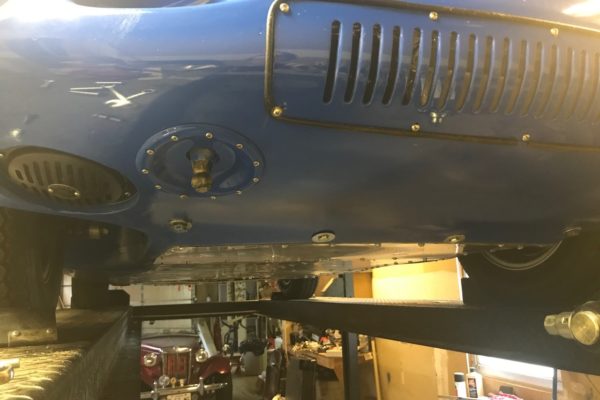
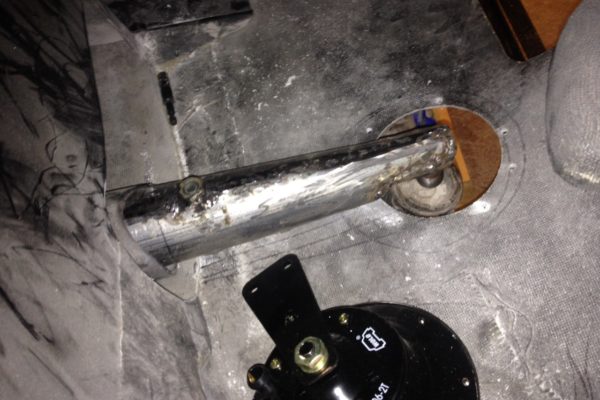
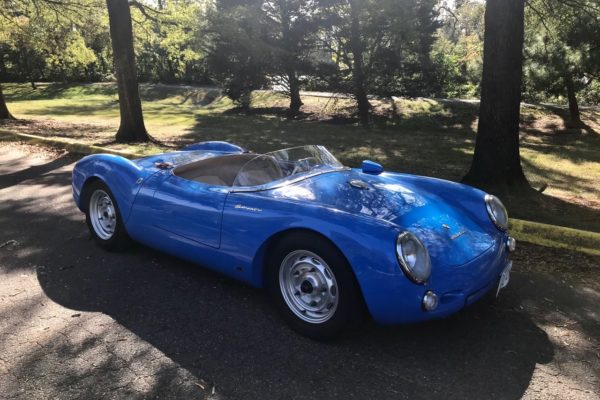
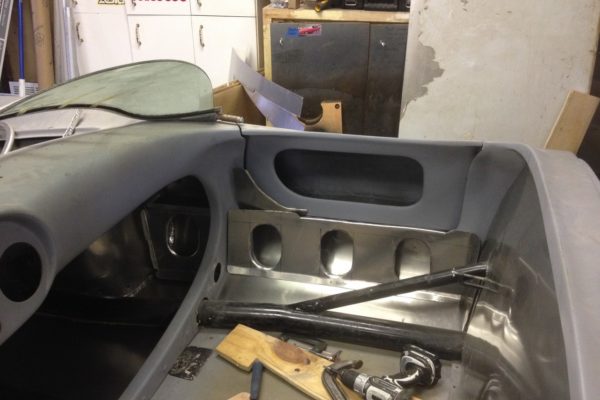
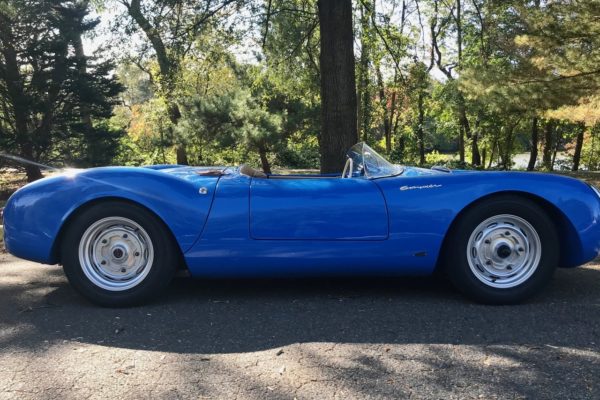
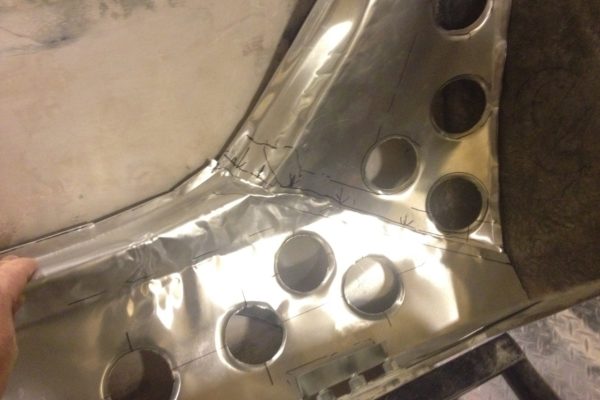
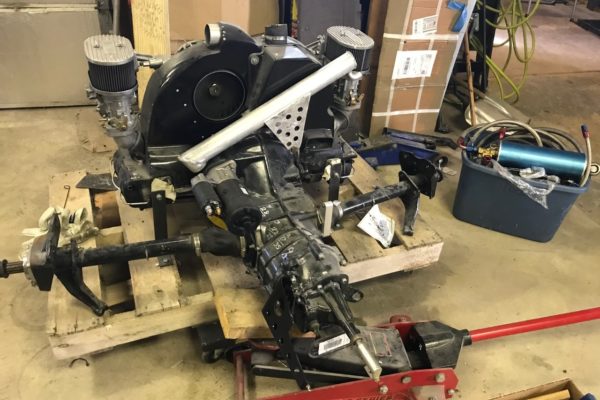
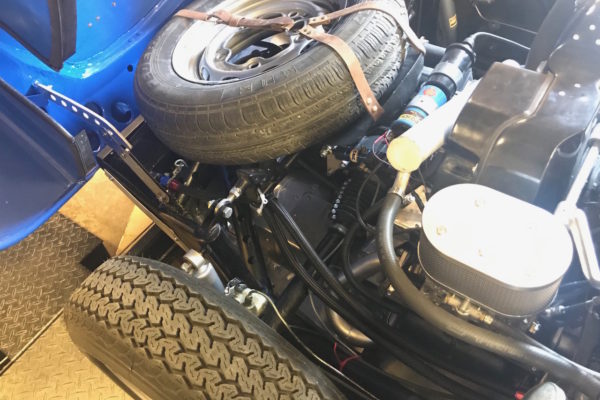
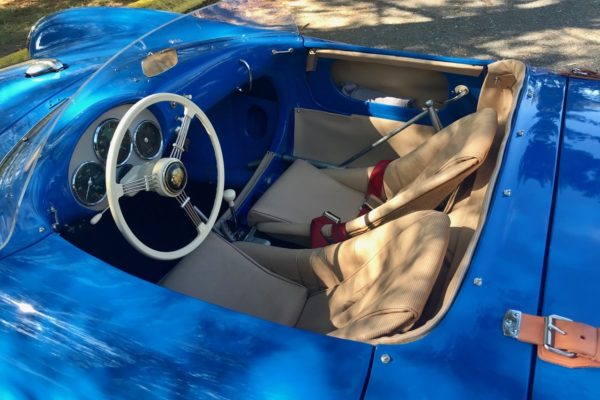
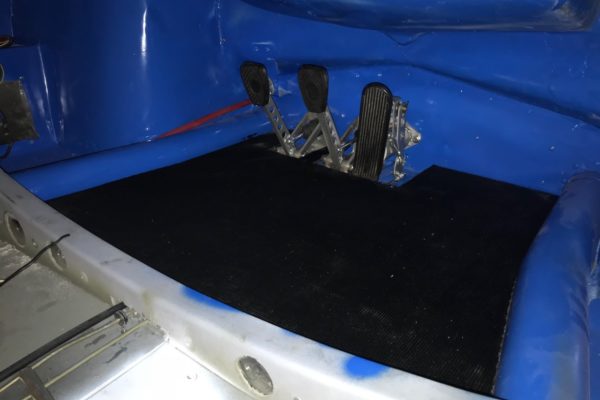
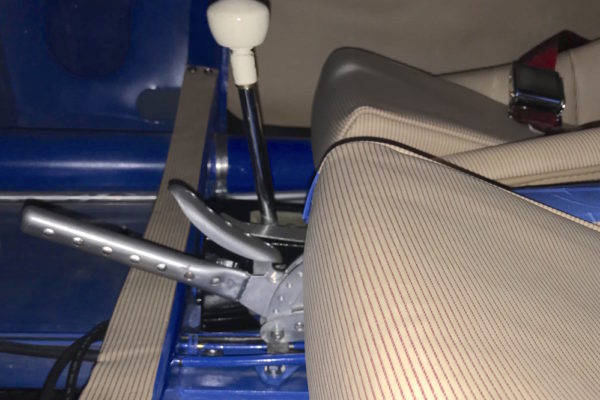
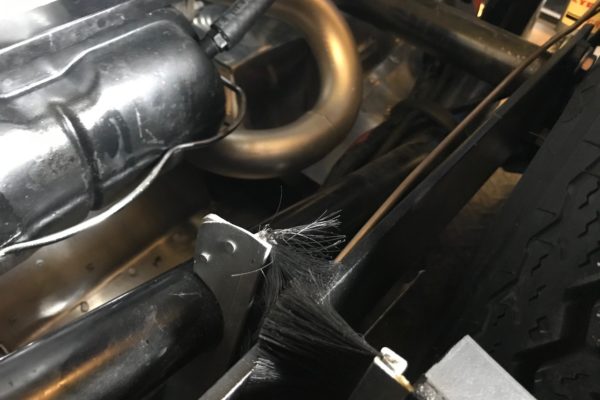
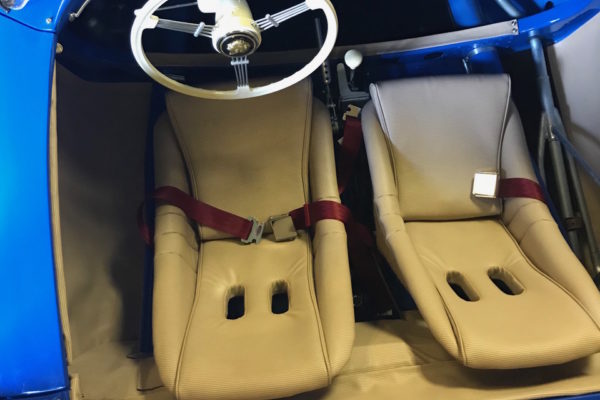
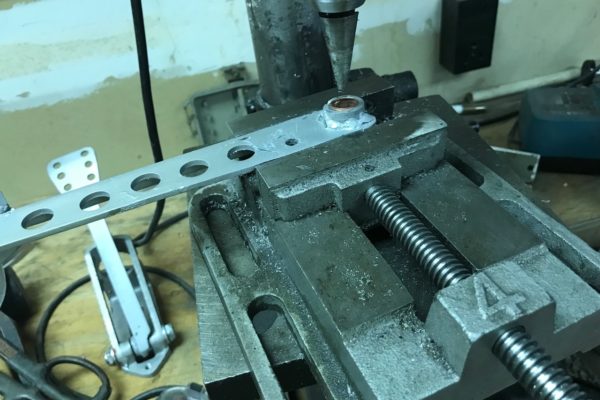
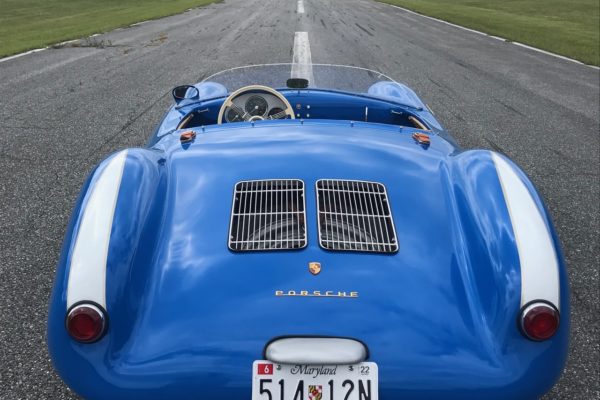
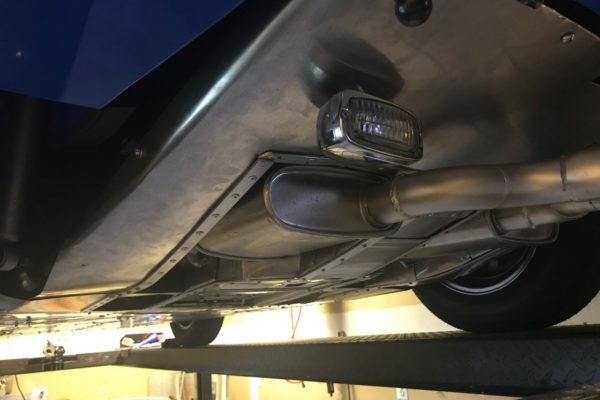
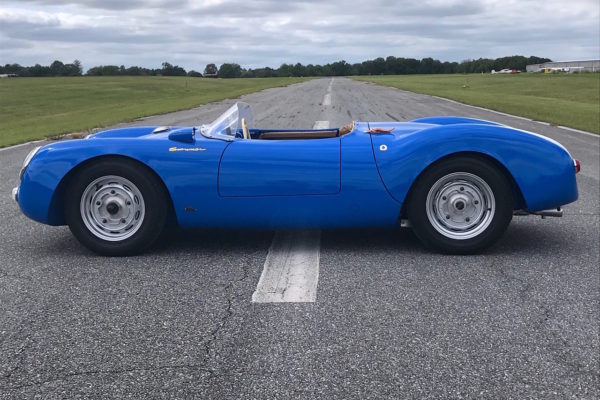
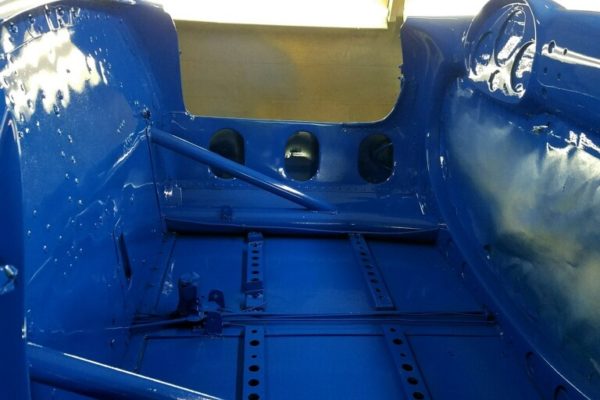
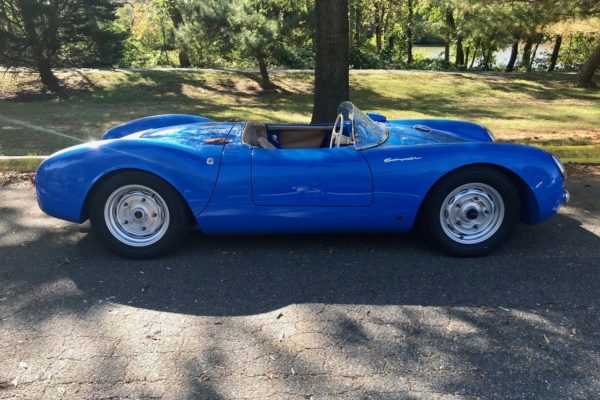
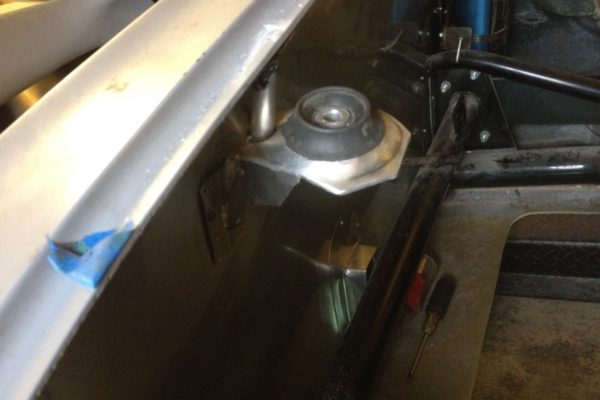
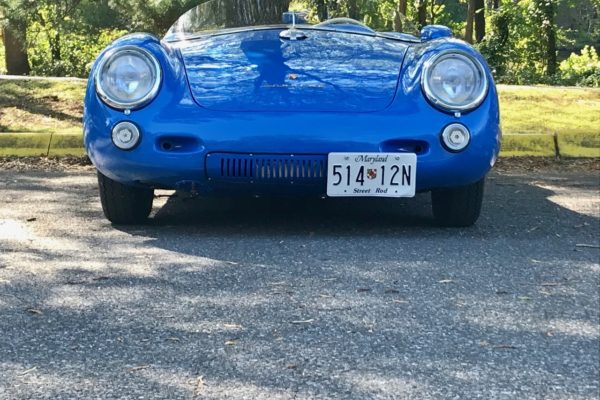
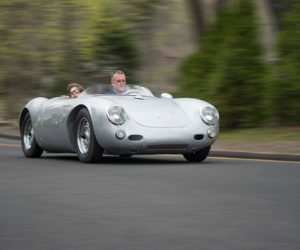
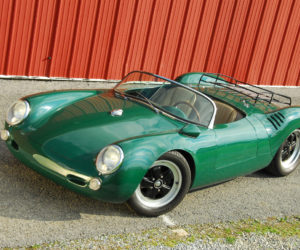
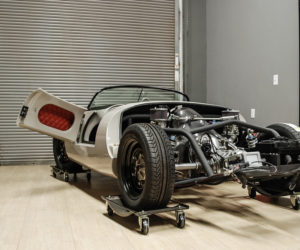
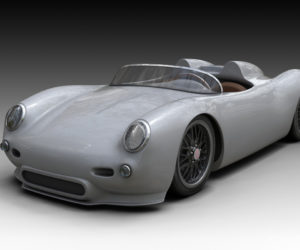
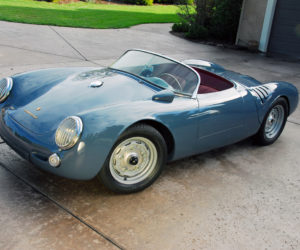




Comments for: Period Corrections
comments powered by Disqus